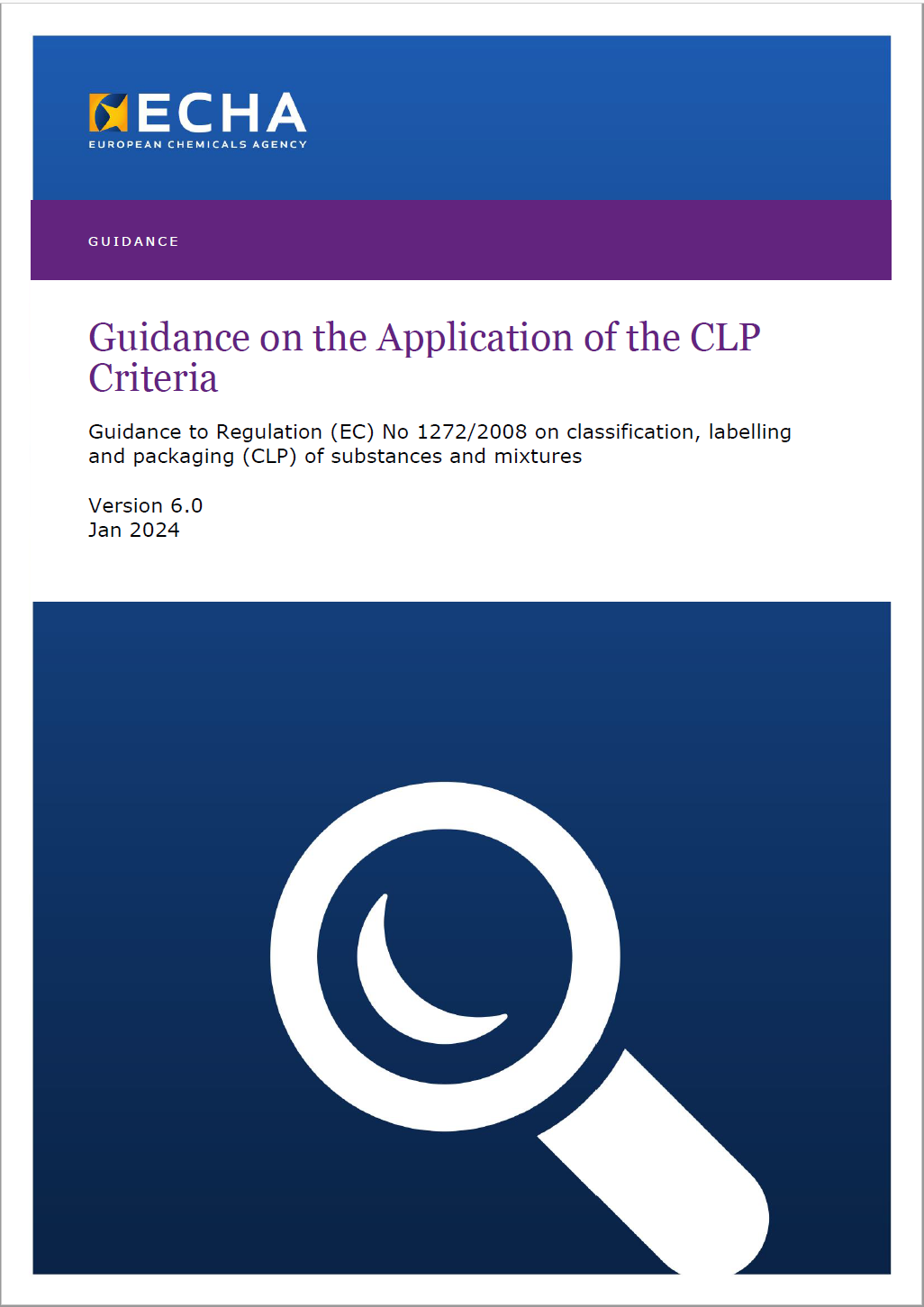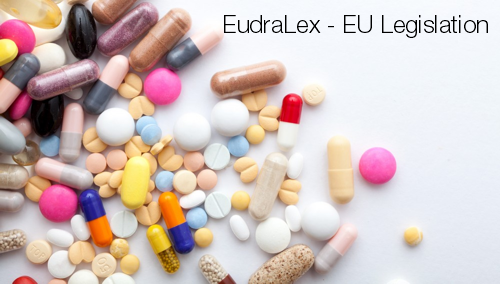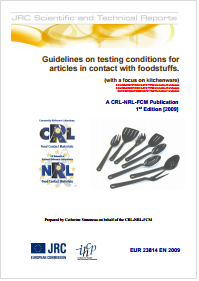Featured
Guidance on the Application of the CLP | Version 6.0 Jan 2024

Guidance on the Application of the CLP | Version 6.0 Jan 2024
ID 21190 | 18.01.2024
Regulation (EC) No 1272/2008 on the classification, labelling and packaging of substances and mixtures, hereafter referred to as CLP.
CLP amended the Dangerous Substance Directive 67/548/EEC (DSD), the Dangerous Preparations Directive 1999/45/EC (DPD) and Regulation (EC) No 1907/2006 (REACH), and repealed DSD and DPD from 1 June 2015 (CLP Article 61).
CLP was implemented based on the United Nations’ Globally Harmonised System of Classification and Labelling of Chemicals (UN GHS) without lowering the protection of human health and the environment, compared to the classification, labelling and packaging system in DSD and DPD. The implementation of GHS into CLP followed various declarations made by the Community to confirm its intention to contribute to GHS development and to implement GHS into EU law.
A core principle of CLP is self-classification of a substance or mixture by the manufacturer, importer or downstream user (CLP Article 4(3) and Recital 17), which involves identification of the hazards of the substance or mixture followed by classification as a result of the comparison of the hazard information with the criteria in CLP. This guidance will enable industry to self-classify chemicals and to provide appropriate hazard communication information to the target populations potentially handling the substance or mixture or exposed to it. For substances of particular concern (carcinogens, mutagens, substances toxic for reproduction (CMRs) and respiratory sensitisers) or for other substances where EU-wide action is needed, CLP sets out a system for formal harmonisation of classifications at EU level.
Part 4 has been updated to provide clarifications, correct errors, delete information considered irrelevant, and add text on new OECD TGs.
The update includes the following:
- Section 4.1.3.3.1: The paragraph referring to the absence of chronic data has been amended to reflect general data availability and established practice;
- Section 4.1.3.3.1; Additional text was added to clarify cases where data on a degradation product may need to be considered;
- Section 4.1.3.3.1: A reference to a topic the guidance annexes do not directly comment on was deleted;
- At the end of section 4.1.3.3.2: Some text was added to further define instances where Category Chronic 4 may apply;
- Section 4.1.3.3.3: Text was added on the fact that M-factors are considered part of the classification;
- Section 4.1.4.5: Clarification on deriving classification when using toxicity values calculated from the additivity formula was added;
- Section 4.1.4.7.5: Correction to Example D and explanation added;
- Section 4.1.7 was deleted as any reference to reclassification from DSD is out of date;
- Annex I.2: General statements on most commonly occurring issues during aquatic toxicity testing have been added;
- Annex I.2.1.1: General considerations on OECD TG 236 were added;
- Annex I.2.1.2: General considerations regarding various relevant OECD TGs added;
- Annex I.2.2.1: A more recent change in the respective OECD TG (202) is reflected;
- Annex I.2.2.1: Clarifications on invertebrate data beyond Daphnia Magna were added;
- Annex I.2.2.2: A more recent change in the respective OECD TG protocol (202 part II) is reflected;
- Annex I.2.2.2: Clarifications on invertebrate data beyond Daphnia Magna were added;
- Annex I.2.3.2: Clarifications on aquatic macrophyte data were added;
- Annex I.2.3.2: CLP preference on algae as the preferred test species deleted;
- Annex I.3.2: Clarification on use of surrogate approach for chronic classification added;
- Annex I.4: Clarification on use of data for difficult to test substances added;
- Annex II.2: Two first sentences of the paragraph have been deleted as they were vague and did not offer any added value;
- Annex II.2.3.6: An additional statement that soil degradation data can be used under certain conditions in the absence of aquatic degradation data has been added;
- Annex II.2.3.7: Clarification on the use of anaerobic degradation data has been added;
- Annex II.3.1: Clarification on the general guidance for complex substances has been added (also change in I.4.5);
- Annex II.3.5: Clarification text on presence of both positive and negative ready biodegradability tests has been added;
- Annex III.2.1: Footnote 29 has been deleted as it is out of date;
- Annex III.2.1.2: Clarification text on radio-labelled substances has been added;
- Annex III.2.2.2, Table III.1 has been deleted;
- Annex III.2.2.2, Guidance on (Q)SAR BCFs and their use has been added;
- Annex III.5: Text added to emphasise that a conclusion on bioaccumulation is required under CLP and that a conclusion as “inconclusive” is still possible, albeit not preferred;
- Annex III.5: More explicit wording added on the conclusion on bioaccumulation, based on the available data;
- Annex IV.3: Rapid removal footnote amended to reflect CARACAL decision on rapid removal;
- Annex IV.5.4: Correction of error regarding loading rates used to determine chronic M-factors;
- Annex IV.5.6: Correction of how alloys are considered under CLP to remove reference to ‘special preparations’ and accurately reflect CLP Art. 2(27);
- Table IV.1: Correction of criteria error on determining M-factors for readily soluble metal compounds; Besides these changes, typos, spelling errors and other formatting issues, such as homogenisation of referencing (both within the document and to external sources), have been addressed. Note, such changes are not substantial and do not alter the content.
...
Fonte: ECHA
Collegati
Allegati
|
Descrizione |
Lingua |
Dimensioni |
Downloads |
 |
|
EN |
11848 kB |
54 |



































